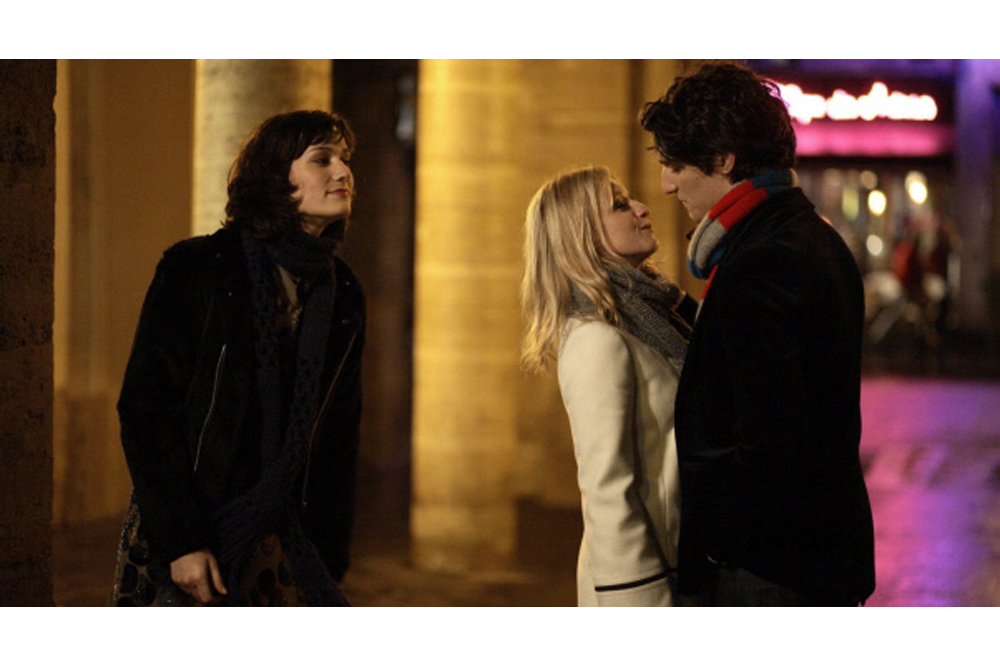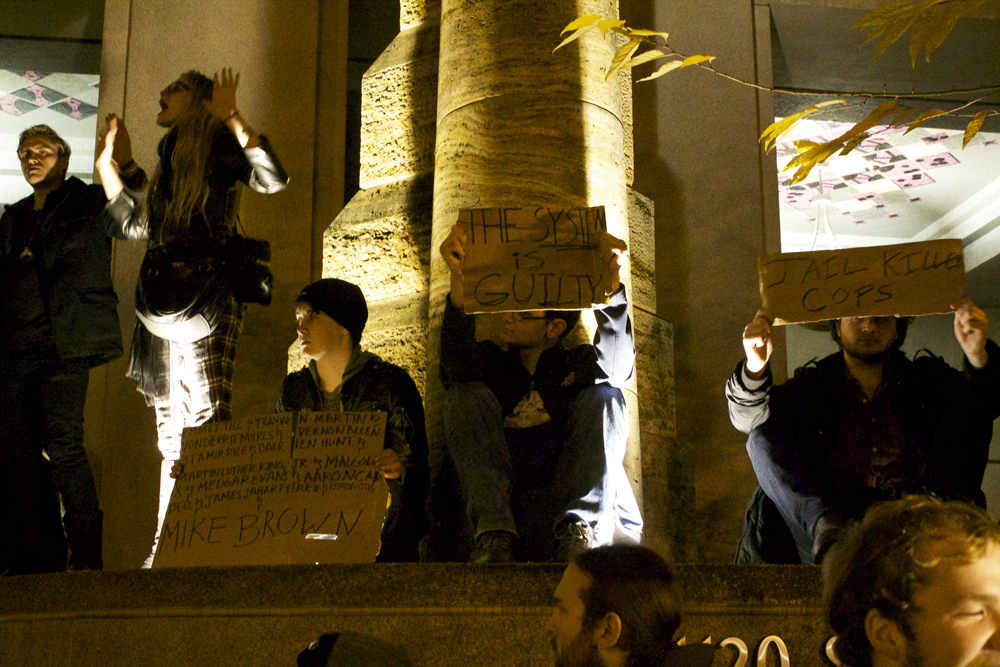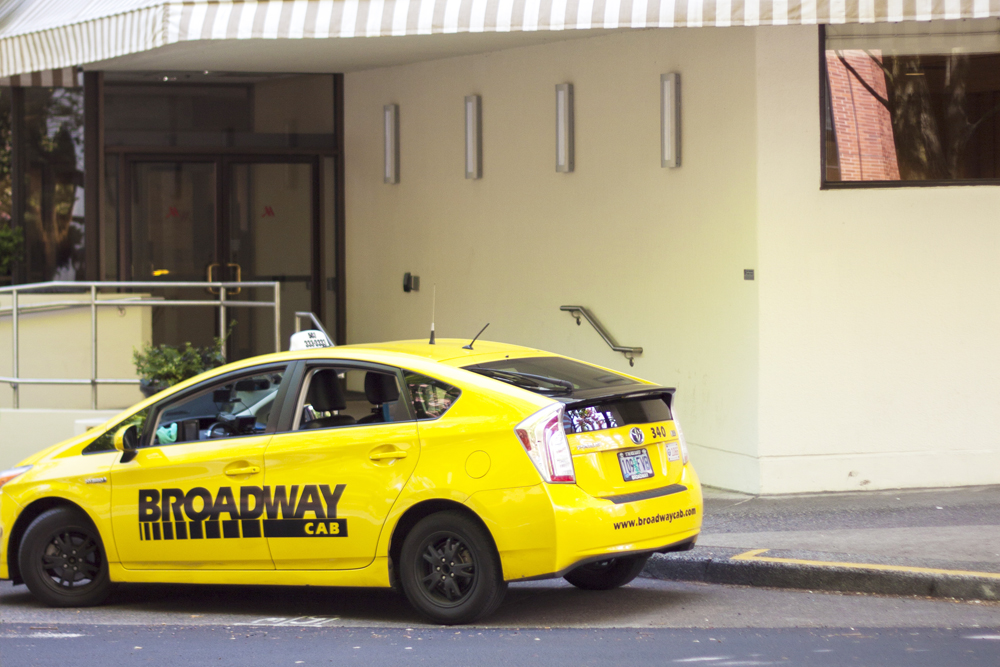Tiny houses are having a moment right now.
They’re small, generally in the range of 150–800 square feet. They make the most of the space, and you might end up sleeping above your kitchen. Articles about them show up in my Facebook feed pretty regularly. There have been news segments on them, and, at this point, tiny houses are probably 70 percent oTiny houses are having a moment right now. They’re small, generally in the range of 150–800 square feet. They make the most of the space, and you might end up sleeping above your kitchen.
Articles about them show up in my Facebook feed pretty regularly. There have been news segments on them, and, at this point, tiny houses are probably 70 percent of the content on Pinterest. People like tiny houses because they’re touted as sustainable, as being a solution to the housing crisis in big cities, and there’s definitely an element of “getting back to our roots” about it. But as much as people love the idea, I can’t get behind the movement.
I grew up in Albany, a smaller town in Oregon, and I’ve always been used to having space. It was an older house that my parents bought and refurbished after they got married, with two bedrooms and a big yard. Maybe it’s my own bias, but when I read stories about people with children buying a tiny house, I feel bad for the kids. Having my own room as a kid was great. I had my own personal space and I had a place to keep all of my things.
But beyond reasons of privacy and personal space, I think tiny houses are kind of a pipe dream. They’re like the American Dream of owning a house and land as seen through an Instagram filter. Attached to this dream is the idea of building your house on a small plot of land, but of course this plot of land will still be within driving or biking distance of cities.
They don’t help with affordability, either. Forbes estimates the average cost of a tiny house to be $200–400 per square foot, but according to the last census, the average cost of a regular house is $84 per square foot. This doesn’t include land, either.
I can’t help but notice that a lot of the people who have these dreams are millennials. The entire tiny house movement seems to be a way for millennials to feel content with having way less than our parents and grandparents did. Living in a tiny house with a plot of land feels like trying to do mental gymnastics. It’s one thing to want the tiny house, but most people still want the space that a plot of land comes with.
Economists have been projecting for a long time that we’re going to be the first generation with less wealth than our parents. I’ve always wanted to end up with a house large enough for a family and with enough space that I can take care of my parents when they’re older. Sustainability is one thing, but there are so many ways to be sustainable without massively downsizing. I don’t really like the idea of convincing people to be content with less, or with living small, in this context.
It feels like convincing people they need to be happy being poorer and living with less than every generation before them. f the content on Pinterest. People like tiny houses because they’re touted as sustainable, as being a solution to the housing crisis in big cities, and there’s definitely an element of “getting back to our roots” about it. But as much as people love the idea, I can’t get behind the movement.
I grew up in Albany, a smaller town in Oregon, and I’ve always been used to having space. It was an older house that my parents bought and refurbished after they got married, with two bedrooms and a big yard. Maybe it’s my own bias, but when I read stories about people with children buying a tiny house, I feel bad for the kids. Having my own room as a kid was great. I had my own personal space and I had a place to keep all of my things.
But beyond reasons of privacy and personal space, I think tiny houses are kind of a pipe dream. They’re like the American Dream of owning a house and land as seen through an Instagram filter. Attached to this dream is the idea of building your house on a small plot of land, but of course this plot of land will still be within driving or biking distance of cities.
They don’t help with affordability, either. Forbes estimates the average cost of a tiny house to be $200–400 per square foot, but according to the last census, the average cost of a regular house is $84 per square foot. This doesn’t include land, either.
I can’t help but notice that a lot of the people who have these dreams are millennials. The entire tiny house movement seems to be a way for millennials to feel content with having way less than our parents and grandparents did. Living in a tiny house with a plot of land feels like trying to do mental gymnastics. It’s one thing to want the tiny house, but most people still want the space that a plot of land comes with.
Economists have been projecting for a long time that we’re going to be the first generation with less wealth than our parents. I’ve always wanted to end up with a house large enough for a family and with enough space that I can take care of my parents when they’re older. Sustainability is one thing, but there are so many ways to be sustainable without massively downsizing. I don’t really like the idea of convincing people to be content with less, or with living small, in this context.
It feels like convincing people they need to be happy being poorer and living with less than every generation before them.






